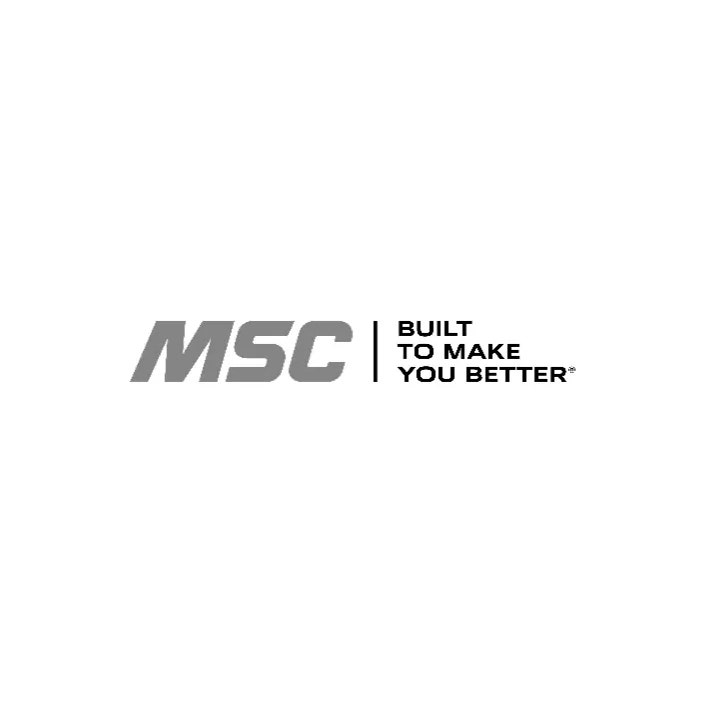- 3D Printing
- Abrasives
- Adhesives, Tapes & Fasteners
- Bearings And Transmission
- Electrical
- Fluid Power
- Hand Tools
- Holemaking
- Janitorial & Site Maintenance
- Lubrication
- Machinery & Welding
- Measuring & Inspection
- Metalworking Fluids
- Milling
- Packaging Office Supplies
- Personal Protective Equipment
- Power Tools
- Raw Materials
- Saw Blades
- Site Safety
- Storage
- Threading
- Toolholding & Workholding
- Turning Tools
- Workwear
Metalworking Fluids
Explore a wide range of metalworking fluids at MSC Industrial Supply Co. UK. Our selection includes high-performance industrial lubricants, cutting fluids, and machining fluids designed to optimize metalworking processes. Enhance the efficiency and effectiveness of your metalworking operations with our quality products tailored to meet your specific needs.





























